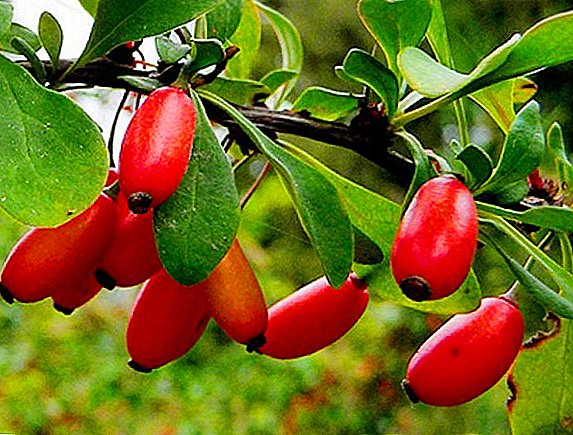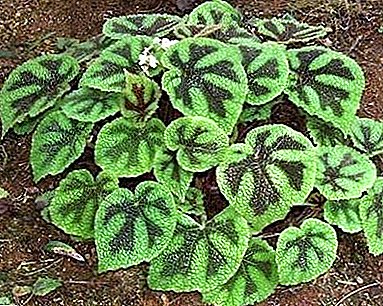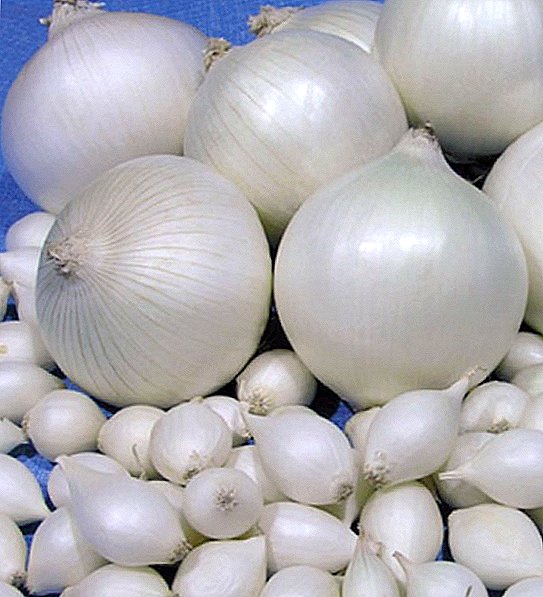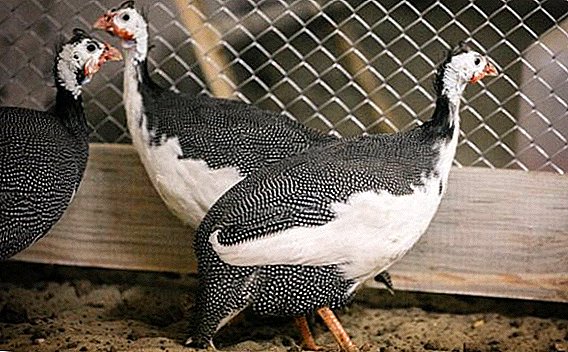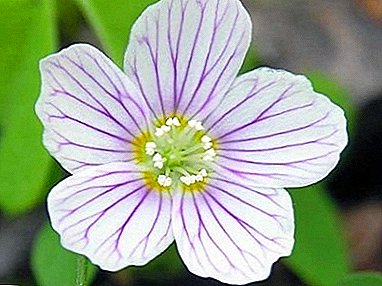
One of the most delicious forest delicacies is hare cabbage. This is a common name. So it is still called in the villages. Although this plant does not look like cabbage at all! In Latin, oxys (and the full name Oxalidaceae!) Translates as "sour."
The first thing we do, when we meet common killer in the forest, taste it. Since childhood, we were told that it is rich in vitamin C, sorrel, malic and succinic acids.
Habitat
Grows in common shrub in shady forests. It doesn’t matter to her whether the trees around are coniferous, deciduous or mixed at all, just to be dark and humid. The plant keeps a little apart from the others. In general, the Kislich family (Oxalidaceae) has more than 800 species.
General description of the plant
These three-fingered leaves can not be confused with anything in the world! A bit like clover. Only the trefoil of the Kislitsy is formed by the obverse heart, thin leaves.
 White flowers bloom in small white (1-2 cm) white flowers, if you look closely at them, purple veins are noticeable on all five petals.
White flowers bloom in small white (1-2 cm) white flowers, if you look closely at them, purple veins are noticeable on all five petals.
These flowers are of two types.
Some are pollinated by insects, others (those that are always closed) are self-pollinating.
Hope for nature, but do not make it yourself!
Guided by this rule, oxalis is able to reproduce on its own, even in a very dark, dense forest.
Inside the buds, which are actually quite mature, normal flowers, the seeds ripen. As they mature, they are thrown out.
Reference! Another interesting feature of the plant. It can be used as a barometer. The fact is that before the rain oxygen rose tightly closes the flower petals.
The leaves also fancifully fold and fall down. The same thing happens every night before dark. So that with the first rays of the sun once again bloom in all its glory!
In general, the plant grows from 5 to 10 cm. Rhizome creeping. Tuber or bulb. The stem may be missing.
Feels equally good in the woods and at home.
A photo
The photo shows the plant “Kislitz Ordinary (Forest)”:




Home care
Actions after purchase
Leaving after purchase is simple, as the red rose is unpretentious in the forest. The main thing is to keep away from direct sunlight, water in time.
Pruning
It is enough to pick a few leaves for an infusion or salad. Oxygen - a rather independent plant that does not require any additional care.
Watering
In hot weather requires watering. Especially if it grows in the sun. Do not forget that in the forest oyster prefers moisture! If we are talking about room spirit, then in winter the amount of water should be reduced.
Landing
At home
 In a pot, your acid will also feel great.
In a pot, your acid will also feel great.
This is exactly the plant that is suitable for all hostesses.
From personal experience: Alesya Vereitinova - journalist. I have forgotten to pour acidic many times. Not to mention the fertilizers that I don’t understand at all, so I don’t use them. But she does not lose heart! On the contrary, in a constantly dark apartment feels great. Even better than my other plants.
Planting Kislitsu possible and seeds. This is done in early April in a greenhouse or in pots at home. Although some gardeners sow immediately in open ground. The best time for this is the end of April.
In the garden
Kislitsa fits perfectly into an alpine slide. It feels great on stony ground! Just choose her shadow area. It grows well under the trees. Soil it is with high acidity. To please her, it is enough to add peat or compost, this will slightly oxidize the soil.
Important! Common oxygen is rather thermophilic, therefore it is better to warm it for the winter.
Transfer
Some gardeners in the fall dig up the tubers of Kislitsy in order to preserve the plant until spring. Immediately after - you need to wash them, separate the "kids" and dry well. Transplant the plant in spring when the temperature of the air at night will stay at around 10 degrees. The distance between the tubers should be about 10 cm, planting depth - about 4 cm.
Growing and breeding
Oxygen is grown easily and simply. Plant - water - harvest! Just choose where it will grow from you. Of course, at home in a pot she would be much nicer, but she would not be lost on the street.
Reproduces "Kislitsa" in 3 ways:
- Seeds;
- Tubers;
- Bulbs.
Application
How to store and use. Leaves of Kislitsy can be used fresh. There are recipes for salads with her direct participation. Even from it, as well as from sorrel, they cook delicious soup and soup.
Reference! Since the times of Ancient Russia, we have reached the recipes of incredible soft drinks just based on ordinary flesh.
It can also be dried for the winter. Only do it better in the shade, in a ventilated room. Since the leaves are very tender and fade easily.
Some nations still salted or sugared kislitsy leaves. Since, even in this form, it stores a huge storehouse of vitamins and minerals we need. Especially rich in ascorbic acid!
Benefit and harm
 Healing and taste properties of acid have been noted long before us.
Healing and taste properties of acid have been noted long before us.
Scientists still have not been able to comprehend the full power of this plant.
And while official medicine refuses to take acidic, as a medicine.
For centuries, people have been treating their stomach and intestinal ailments, liver and kidney diseases, women's periodic pain, purulent wounds and even tumors.
What just do not do it? Kislitsu ordinary insist in boiled water in raw and dried form, rubbed into the skin, eaten on certain days ...
But do not forget that biologists still attributed to the killer to poorly-poisonous plants! So, excessive use of it is not so safe. In veterinary medicine there have been cases of death of small ruminants from overeating of acidic.
Attention! For a person, excessive eating of this plant can turn into acute liver and kidney diseases, urolithiasis and poor blood clotting.
As our grandmothers said, everything that knows no measure is harmful! But, nevertheless, nobody refused from acidic.
Diseases and pests
Like all other plants, our beauty has natural "enemies": these are spider red mites, aphid and scythe. They rarely appear for no reason. Basically, to blame for the inadequate care or lack thereof. All pests are easily removed by special means or soapy water.
And here we again remember about the "golden mean", the measure, which can not be violated. A gray rot or fusarium can live from the constant overflow on the soil around the Kislitsy. To prevent this from happening, you can reinsure yourself at the very beginning and place a drainage layer under the soil. From underfilling, it will fade very quickly.
 “Ordinary Sour” is an unpretentious plant, grown by nature in Spartan conditions: on acidic soils, in the shadow of dense forests.
“Ordinary Sour” is an unpretentious plant, grown by nature in Spartan conditions: on acidic soils, in the shadow of dense forests.
Taking her to his home, we must feel the responsibility.
As with all living things.
After all, plants also need our love and care!
She needs only minimal care, and then oxygen will thank you with the whole range of goodies and goodies, which she even has in abundance. And, if you accept these gifts, do not forget about the "golden middle".


